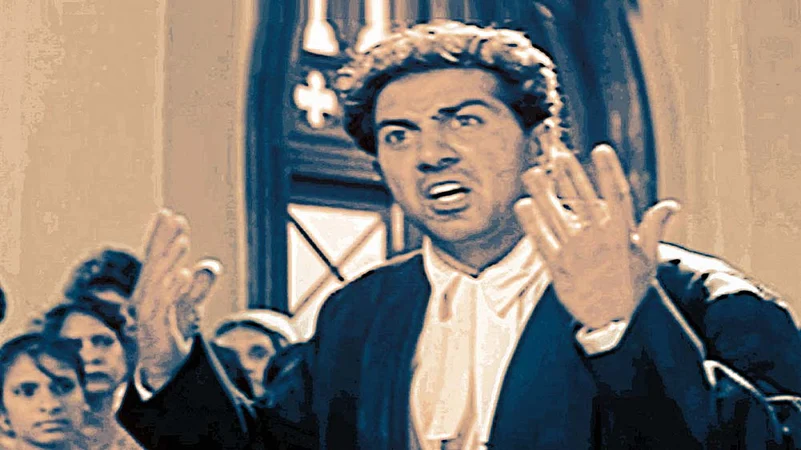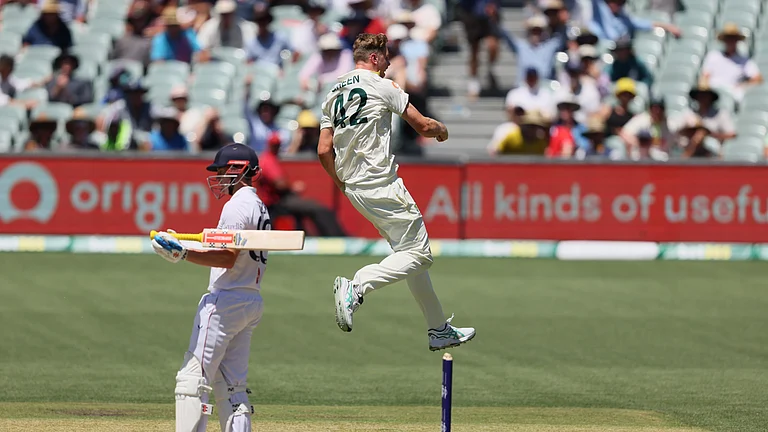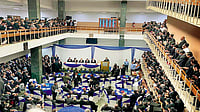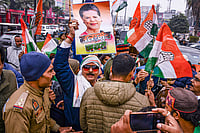Problems of judicial delays and pendency have long plagued the judiciary. The Supreme Court is no exception. As on February 1, about 66,072 cases were pending before the apex court. These cases include admission matters (cases where the Supreme Court is yet to decide on whether or not it shall hear them) and regular hearing matters (cases where leave has been granted and the case is ready for final disposal). Under Article 145(3) of the Constitution, some of these regular hearing matters, specifically those “involving a substantial question of law as to the interpretation of the Constitution”, are required to be decided by a minimum of five judges. Traditionally, these benches, involving five, seven or nine judges, are called Constitution benches. In the past, these benches have shaped India’s history in immeasurable ways. Unfortunately, the number of these benches has significantly declined over the years, while the number of references has consistently risen. As a result, matters of great constitutional importance remain pending.
The Past
Since the Supreme Court’s establishment, a majority of its landmark judgments have come from Constitution benches. They have decided on the immutable nature of fundamental rights under the Constitution (Kesavananda Bharati), limitations on imposition of President’s rule (S.R. Bommai), law on personal liberties (Maneka Gandhi) and issues of territorial boundaries of India’s states (In re: Berubari Union), to name just a few. Even in recent years, these benches have left their mark on history. They have decided cases that decriminalise homosexuality (Navtej Johar), uphold the right to privacy as a fundamental right (Justice K.S. Puttaswamy) and uphold the right of women of all ages to enter the Sabarimala temple (Indian Young Lawyers’ Association). However, while such jurisprudential history is promising, the numbers paint a bleak picture.
ALSO READ: Free Or Fettered?
Research by Nick Robinson, a post-doctoral fellow at the Harvard Law School, found about 100 five-judge or larger benches a year in the 1960s—this declined to only about 10 a year by 2010. Historically, 71 per cent of these cases were decided within two years of being filed in the Supreme Court and just six per cent took eight years or more. Over time, owing to the Supreme Court’s backlog, just 27 per cent of Constitution bench matters were decided within two years of being filed, while 39 per cent took eight years or more.
The Present
As per statistics published by the Supreme Court, as on February 1, there were 258 cases pending before five-judge Constitution benches and 130 matters pending before nine-judge benches, while seven-judge benches were sitting on another eight matters. Of course, quite often many of these cases are disposed by the same judgment, while disposing of what is colloquially referred to as the main matter.
ALSO READ: The Supreme Court A Long Political Journey
The Vidhi Centre for Legal Policy, which is in the process of identifying these main matters, has found that there are at least 20, three and five main matters present before the five-, seven- and nine-judge benches, respectively. Some of these cases have been pending since 1986, while most others are pending from the early 2000s. The subject matter of such cases includes the constitutional validity of the All India Bar Examination (AIBE), revocation of the special status of the erstwhile state of Jammu and Kashmir, and a host of cases related to reservation and levy of taxes. While these numbers are seemingly small, they require large amounts of judicial time as judges often have to sit for weeks to hear them.

Given such pendency, the Supreme Court has been producing progressively less constitutional jurisprudence due to multiple plausible causes. First, Article 136 of the Constitution gives the Supreme Court the extraordinary jurisdiction to grant special leave to hear cases. Historically, such a provision was intended to allow the Supreme Court the discretion to hear cases that were manifestly incorrectly decided by the lower courts. However, the provision has since been used to convert the Supreme Court into a court of appeal. Today, two out of the five working days of the Supreme Court are dedicated to hearing these special leave petitions. As on February 1, 2021, around 70 per cent of the cases before the court are of such a miscellaneous nature.
Second, as former Chief Justice T.S. Thakur famously noted in his 2016 speech, the Supreme Court simply does not have sufficient judges to hear such cases. Currently, the Supreme Court has 34 judges. Thus, requiring such larger benches, which often sit for weeks, impinge on the other pendency of the court. Therefore, in lieu of disposing more cases and preventing the further burgeoning of the court’s pendency, successive Chief Justices of India have often been hesitant to constitute such benches.
ALSO READ: Collegium Collateral Damage
Third, the constitution of such benches falls within the Chief Justice of India’s administrative capacity as ‘master of the roster’. As a result, they are often a reflection of the priorities and legacy the chief justice wants to leave behind. Therefore, the constitution of these benches and the judges who shall hear these cases are at the complete discretion of the chief justice.
The Future
In most jurisdictions across the globe, the cases taken up by the Supreme Court are few and of constitutional importance only. For instance, the Supreme Court of the United States of America agrees to hear only around 100-150 cases a year out of the 7,000 certiorari petitions it receives. South Africa, on the other hand, has a Constitutional Court distinct from the Supreme Court of Appeal. The Constitutional Court of South Africa, on an average, decides 38 cases of constitutional and national importance annually.
Moving forward, it may be prudent for the Supreme Court of India too to consider the creation of a permanent Constitution bench with systematic rotation of the members. Additionally, the Supreme Court can devise a mechanism to ensure that the powers under Article 136 are sparingly used.
Alternatively, like former Chief Justice J.S. Khehar’s practice during his tenure, the Supreme Court can consider constituting such benches during the court’s summer and winter vacations. Most drastically, however, akin to South Africa, the court may consider bi-furcating the Supreme Court into a court of appeals to hear all cases arising from Article 136 and statutory appeals, and a constitutional court to hear only cases such as those pending before Constitution benches. Either way, the answer to the question of whether the courts will constitute more or less of these benches will be representative of the priorities that the court sets out for itself in the years to come.
(Views are personal.)
ALSO READ
Vaidehi Misra is a research fellow at the Justice, Access and Lowering Delays in India [JALDI] initiative; Mayuri Gupta is a Milon K. Banerji Fellow at the Vidhi Centre for Legal Policy






















